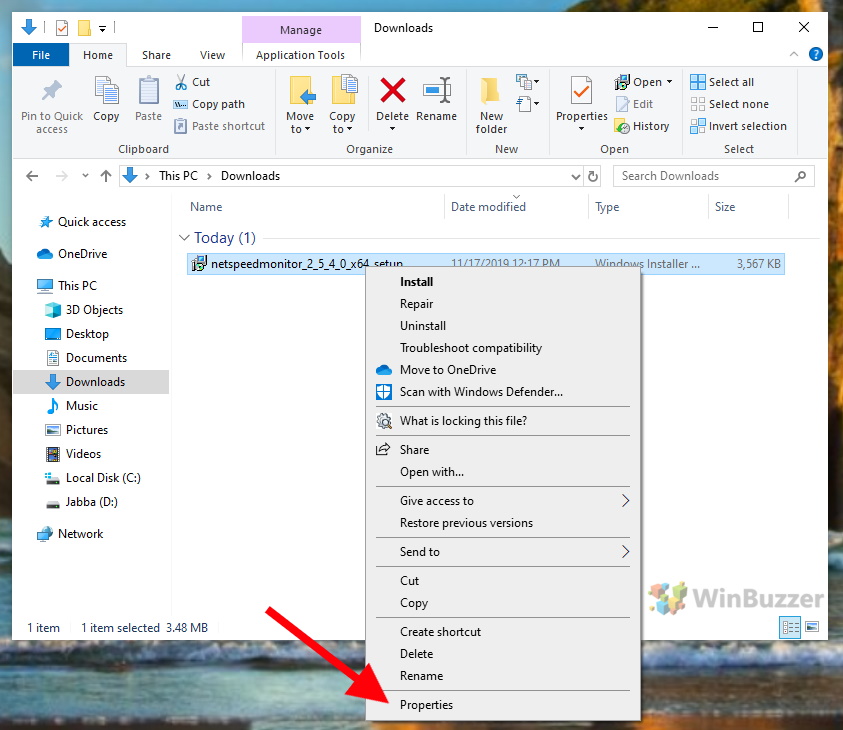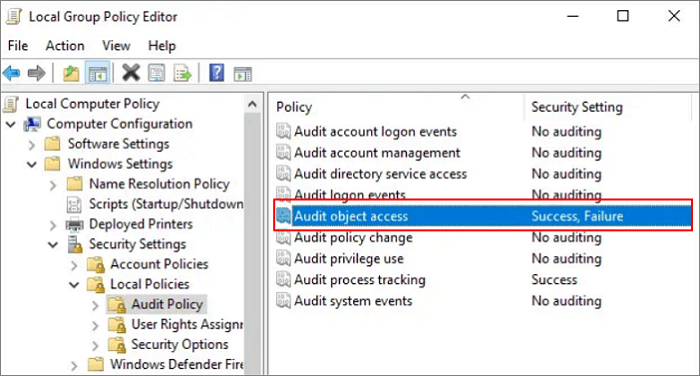

The Splunk platform joins the sets logically. You can have multiple key/regular expression sets in a single advanced filtering entry.Use = between the key and the regular expression that represents your filter, such as whitelist = EventCode=%^1()$%.When using the advanced filtering format, follow these rules: For multiple codes/IDs, separate the list with commas.When using the Event Code/ID format, follow these rules: If no allow list is present, the Splunk platform indexes all events. The Splunk platform processes allow lists first, then deny lists. You cannot mix formats in a single entry or mix formats in the same stanza. One or more sets of keys and regular expressions (Advanced filtering format).One or more Event Log event codes or event IDs (Event Log code/ID format).Index events that match the text string specified. The following table describes the configuration settings available for file monitoring in nf:
#File monitor windows windows#
For additional settings, see Monitor Windows event log data with Splunk Cloud. This list of settings is only a subset of the available settings for the nf file. You can use these settings outside of the context of the Security event log and file system changes. You can't configure monitoring of file system change events from Splunk Web. The event log monitoring input includes three settings which you can use in the nf configuration file. You can monitor changes to files on your system by enabling security auditing on a set of files or directories and then monitoring the Security event log channel for change events. Use the Security event log to monitor changes to files You must enable security auditing for the files or directories you want the Splunk platform to monitor changes to.The Splunk platform must run as the Local System user or as a domain user with specific security policy rights to read the Security event log.
#File monitor windows install#
See Install on Windows in the Installation Manual.


The Splunk platform supports monitoring Windows file system changes through the Security Windows Event Log channel.


 0 kommentar(er)
0 kommentar(er)
